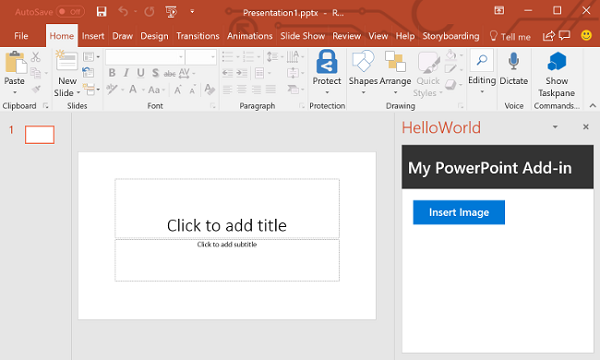How to Create Web Pages for Websites with Microsoft PowerPoint
Want to make your presentation look and work like a website? Microsoft PowerPoint is one of the most advanced and useful tools that you’ll get with your MS Office Suite. It is especially known for creating presentations for business and schools. It not only allows you to make presentations but also provides you with the abilities to make your presentation more attractive and effective.
With PowerPoint, you can also create web pages. All you have to do is save your presentation as a web page. The file you save as web page will also look like a PowerPoint presentation as well as work as a website.
Here is how to create web pages for websites with Microsoft PowerPoint.
How to save presentations as web pages in Microsoft PowerPoint
Your presentation should have the compatible file format that websites support, i.e., HTML. Therefore, to save your presentation as a web page, you need to save them in the HTML format that PowerPoint allows. All the material associated with the presentation (for web pages), such as pictures, should be kept in the folder containing the HTML file.
1. Open or create the presentation that you want to save as a web page in the Microsoft PowerPoint.
2. Then open the ‘File’ menu from the top left side of the PowerPoint window.
3. Select ‘Save As’ from the File menu. Doing so opens the “Save As” dialog box near the upper left side of your monitor. If you have an old document and you want to convert it into web pages, then you can also change their file format from here.
4. Now, click the large button next to ‘Save as type’ near the bottom side in the prompt.
5. And select ‘Web Page’ from the options.
6. If you want to save your web pages with a new name, then use the ‘Change Title’ box and enter the name you want to give it.
7. Now, click on ‘Publish’. This opens a new Publish as Web Page window.
8. In the opened window, select ‘Complete presentation’.
9. Then, select ‘All browsers listed above’ under the Browser support section. Doing so ensures that converted web pages are compatible with all the browsers.
10. You can also edit the web page title or document’s file name here if you want.
11. Now, click on the ‘Web Options’ to go ahead for web settings. Clicking it will open the Web Options window on your screen with General, Browsers, Files, Pictures, Encoding, and Fonts Tab. Make suitable changes.
Switch between the tabs as many times you want and take your time to make your web pages look attractive. When finally you’re satisfied, click the ‘Publish’ button. You’ll see your default browser launching on the screen. It will open with your new website as well as web pages, and from there you can view and test your website.
Alex Brown is a technology expert who loves to write blogs and articles about cybersecurity. He has been especially writing about the latest updates regarding mcafee.com/activate with an intention to develop the work experience of users across the globe. The blogs and articles he has written have been published in various popular e-magazines, blogs, and websites.
Post Your Ad Here

Comments